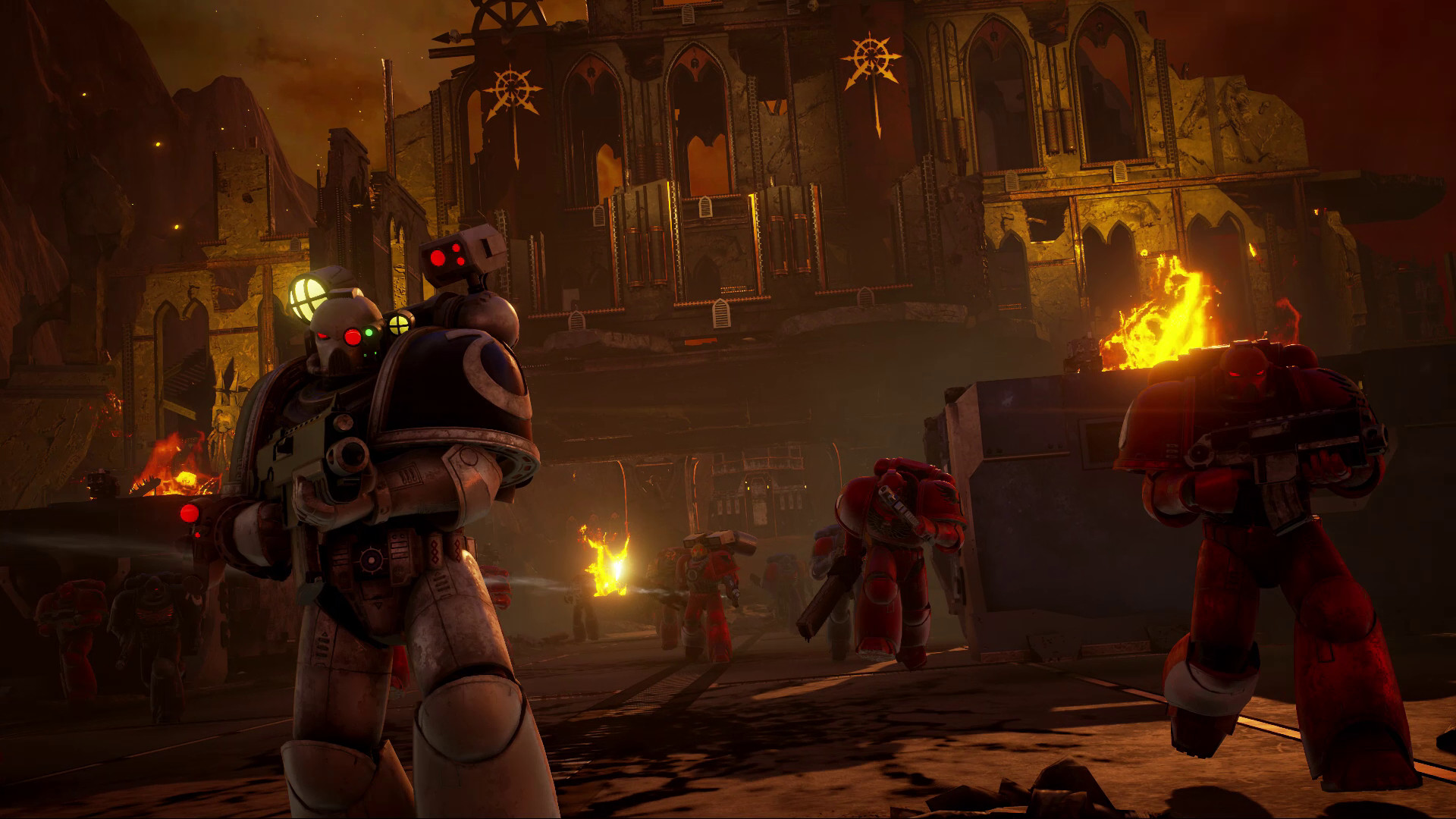

I finally managed to save up for a tiny army from the Necron faction, a race of mechanical skeletons who flay their foes with a glowing green “gauss gun”.
#Warhammer 40k game full
A small squadron of space marines would cost about £20, a fortune for a 12-year-old but a full two-player game would need almost 10 times that many units, as well as tanks, bikes and special figures – not to mention huge bipedal dreadnoughts. It was just as expensive, and probably no better for your social life.

That’s because the second thing to know about Games Workshop is, as Gillen says, that Warhammer was what middle-class nerds did instead of heroin. The display – more than 1,000 small figurines, replete with miniature tanks, standard bearers and a detachment of motorcyclists – was my personal crown jewels: dripping with symbolism a must-see for visitors to my area, and just as unattainable. Tucked in the back of that small store was a vast diorama depicting an entire chapter of Ultramarines, the 9ft tall, blue-armoured shock troops of the human Imperium of the 41st millennium.

By the time I was a child, growing up around the corner from that first shop, Warhammer was already something of a phenomenon among the sort of crowd who carried 20-sided dice in their schoolbags. That is over-the-top and silly, but also, in a very heavy-metal-guitar-solo way, exciting.” “A fundamental 40k thrill is probably something involving a chainsword, which is a sword crossed with a chainsaw. “There’s a belief that less is more, but what Games Workshop argues, quite convincingly, is that, no, maybe more is more. “Imagine if Disney were founded by a bunch of people who had been primarily inspired by heavy metal album covers,” says the writer Kieron Gillen, a longtime fan who has written tie-in comics for the company. In fact, Warhammer Fantasy Battle, a goblins-and-gnomes war game, and Warhammer 40k are ridiculous, over-the-top pastiches, created by people who were bored and angry under Margaret Thatcher, and channelled that rage into worlds where everyone is the villain, and hope has been extinguished for millennia.Įach game exists in its own vast fictional universe, with the entire thing loosely connected by a narrative about the forces of chaos and a fondness for skulls. The first is the motto of Warhammer 40,000: “In the grim darkness of the 41st millennium, there is only war.” In other words Games Workshop is a serious business, but it is not to be taken seriously. Asmodee, a global board-game publisher based in France, was sold to a private equity firm in July for €1.2bn (£1.1bn).īut Warhammer’s success stands out, and to understand why this is, there are a few things you need to know.Ī Warhammer collectible. On Kickstarter, which has taken an influential role in the industry, the category was up 20% in 2018 year on year, raising a total of $165m (£128m). Tabletop gaming in general is doing better than ever. The rise in “actual play” podcasts such as the Adventure Zone and Critical Role has also helped, as has a focus on attracting new players for its fifth edition.
#Warhammer 40k game tv
Dungeons & Dragons, the venerable role-playing game, has had its own resurgence since 2014, thanks to depictions in TV shows such as Community and Stranger Things. If this sounds surprising, it is worth noting that Games Workshop isn’t the only part of nerd culture to experience a recent rush of interest. In 2017, the same company was the publicly traded British stock that outperformed every other: Games Workshop, a high-street retailer of science fiction and fantasy miniatures, now carries a market capitalisation of more than £1bn.īut how did a company founded 40 years ago with one shop in Hammersmith, west London, become so successful? The answer lies in Warhammer 40,000 – 40k, as it is usually known a sprawling tabletop conflict game in which two players fight with collectible armies, including the space marines of the fascist human Imperium and the ancient fallen angels of the Eldar, using rules found in a library of 30 or so source books. But one retailer beat this trend, reporting profits of £40m in the final six months of the year. Debenhams closed 50 shops, Toys R Us, Maplin and Poundworld went into administration, and more retail space was lost than in any year since 2008, with 1.9m sq metres closing, according to the property analysts EG. L ast year saw a bloodbath on the high street.


 0 kommentar(er)
0 kommentar(er)
